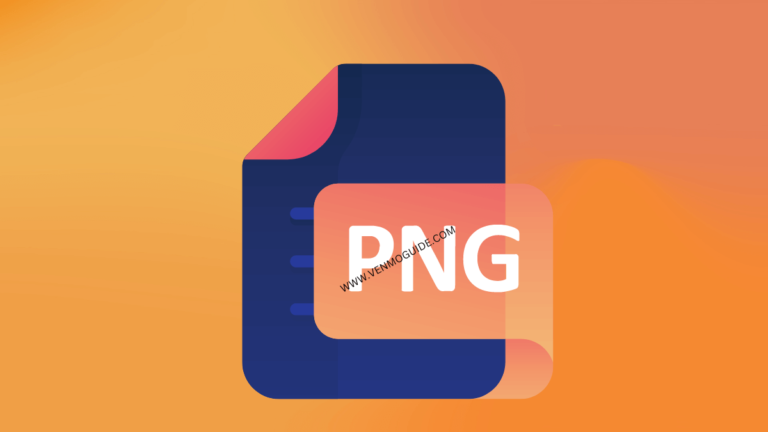Can You Get Scammed on Venmo?
Yes, you can get scammed on Venmo. If someone requests personal financial details or other sensitive info on Venmo, it’s a scam. Venmo service or tech support will never ask for Your passwords, passcodes, or password reset link. PINs (personal identification numbers).
Are you asking: “Can you get scammed on Venmo?” Find out the common types of Venmo scams, how to spot a scammer, and how you can avoid getting scammed on Venmo.
Venmo is one of the easiest and most convenient ways to send money. So, it’s pretty easy to see why many people trust and use Venmo for most mobile payments. But, just like any other mobile payment service, Venmo can also be used by cybercriminals to scam innocent victims.
The good news is that this post covers everything you need to know to better arm yourself against getting scammed on Venmo. So, let’s get into it.
Read: Will Venmo Refund your Money If you get Scammed?

Can You be Scammed on Venmo?
You can get scammed on Venmo in different ways. For example, fraudsters can steal your information, credit card to buy goods or money. But, with the proper security measures in place, you can avoid any of these common Venmo scams and keep your money safe at all times.
Whether you’re new to using Venmo or not, you’ve most likely heard about Venmo scams, but if you don’t have a good idea of how these scams work or their different types, you may become a victim yourself.
The Reason Behind Venmo Scams
Venmo is a peer-to-peer payment system designed to allow users to quickly and easily send money to other users within their contacts.
While Venmo was initially designed to facilitate money transfers between people who mutually trust each other, such as friends and families, the app has become so popular that it’s now used as a payment system for selling goods to strangers.
Sounds cool, right? Well, this is actually where the problem is. When you use Venmo to carry out financial transactions with people you don’t know, you become vulnerable to fraudsters.
The Most Common Types of Venmo Scams
Venmo scams come in different forms, so it can be pretty challenging to identify some types of Venmo scams right away. But these are three of the most common types:
Stealing Your Information via Text Phishing
If you thought phishing only happens via emails or phone calls, you might want to think again. Unfortunately, many Venmo users have been victims of text phishing, as this Venmo scam is prevalent. Here’s how text phishing on Venmo typically plays out:
- The scammer sends a text message mimicking Venmo (in emails that often look authentic but aren’t).
- These messages often require the victim to follow a link and fill in personal information to verify their account.
- The link redirects them to a fraudulent website, and when the victim fills in their details, the scammer steals all their personal information.
- The scammer uses the stolen credit card or bank account details for fraudulent activities.
If you don’t pay attention to the details of the text message, you might easily believe that the message is from Venmo and give out your information. So, it’s always a good idea to double-check messages, especially those containing links that look suspicious.
Using a Stolen Credit Card to Purchase Goods
With myriads of online marketplaces and mobile payment services to choose from, it’s never been this easy to sell anything you want to anyone and get paid in an instant. But this can go wrong for many reasons. For instance, a fraudster could use a stolen credit card to pay for goods. Here’s how this type of Venmo scam typically works:
- A scammer pays with Venmo after purchasing an item from you.
- But the scammer’s account is funded with a stolen card or bank information.
- When the bank or Venmo discovers this fraud, every payment made with the stolen credit card or bank information is reversed.
- If the money paid is still in your Venmo account, it’ll also be automatically reversed by Venmo, leaving you with nothing.
- The fraudster takes your items without spending a dime.
Stealing Your Money via Texts in Person
Have you ever been approached by someone while you were out and about, and this person needed to use your phone to call or text someone urgently?
Well, that is how this type of Venmo scam typically plays out. A fraudster can use in-person text to steal your money from your Venmo account as long as they have access to your phone.
A potential scammer may beg to use your phone to make an important call or text. Instead, the scammer opens your Venmo app and transfers money from your account to theirs. So, if you’re going to lend your phone to someone, it’d be better not to take your eyes off them.
How Can You Identify a Venmo Scam?
Spotting a potential Venmo scam is easier said than done but not impossible. The truth is that fraudsters are getting smarter, but with the correct information, you should be able to spot some tell-tale signs that’ll indicate a person is about to scam you.
Here are a few signs to look out for:
- The person has got a sob story: Many Venmo scammers often try to evoke pity or empathy in their victims with sob stories.
- The person is TOO kind: While kindness isn’t a red flag, it might become one when someone seems to be going the extra mile to get you to trust them.
- The person offers a mouth-watering financial incentive: As we’ve mentioned earlier, scammers will always go over and beyond to win your trust, which is why most scammers might even offer generous incentives. If an offer seems too good to be true, you can bet it isn’t authentic.
How to Protect Yourself From Venmo Scams
- Don’t give strangers access to your phone
- Don’t sell goods using Venmo
- If you must, open links using another browser tab or in incognito mode
- If money mysteriously enters your account, leave it.
- Create multi-factor authentication
- Don’t click on suspicious links or links that request personal details
Final Thoughts
Overall, there are various Venmo scams. For one, a fraudster might resort to text phishing so that you’d give them your personal information.
Otherwise, they might use a stolen credit card to purchase items. Last but not least, they might ask for your phone and use it to transfer money to their Venmo account.
While Venmo scams are common, you can still avoid getting scammed by putting proper security measures in place. You should also avoid using the service to sell to strangers.





